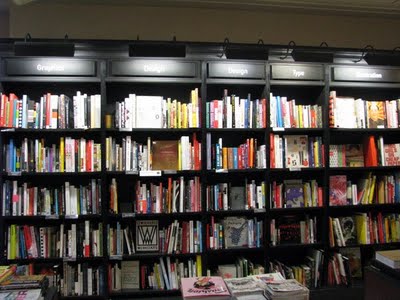
All of the early smart predictions about digital publishing allowed that there were markets for print books and markets for ebooks. High-resolution photo books fare better in their print formats, while no one can argue that the romance genre fans don’t love digital. A recent article in The Guardian demonstrated that, while print sales rose over the holidays, it is in these specific niche markets that print does well and therefore probably not a sign that reading consumers are abandoning the e-reading fad.
According to the article, the week leading up to Christmas showed the highest print sales in three years, possibly spurred by the release of a number of celebrity book titles. Those books tend to do well in print because readers largely purchase the titles for their full-color photos, images that often don’t come through well on an e-reader. Of the top five bestselling print titles in the UK during the holiday shopping rush, the number one spot was held by a Jamie Oliver cookbook, second and third place were held by memoirs by popular comedienne Miranda Hart, and Tour de France and Olympic cyclist Bradley Wiggins, the fourth spot was the most recent edition of the Guinness Book of World Records, and the fifth spot was for JRR Tolkien’s The Hobbit, although this edition was a movie-related printing which included full-color photographs from the current film. All five of those books included something that would entice a reader into purchasing the print edition.
So where does that leave standard literary fiction and other genres that rely on the only the words on the page to lure readers? The article quoted author Antony Beevor on his feelings that physical sales of fiction were still not where they once were.
“This looks to be positive in many ways but the question is, what are the figures for sales of serious fiction,” Beevor said. “I would fear they are down quite considerably, and that is probably true of serious books across the board.”
Sadly, there are still many who see a competition between print and digital, rather than a complimentary relationship based on genre and intended audience. Author William Dalrymple apparently tweeted the news about the increase in print sales by announcing, “Real books fighting back!”
Where is this alleged fight? There have been many industry watchers who’ve speculated that the current popularity of tablet and e-reader consumption has actually led to an increase in reading as a whole, a theory that libraries have also supported with news of their growing circulations. It could be argued that digital reading has sparked a renewed global interest in books as a whole; these sales figures this week were for print sales in time for Christmas gift giving, meaning books are enjoying a renewed status as gift items. Reading, in any form, may very well be on the rise thank to the technology that makes it more accessible and more worthy in the eyes of the consumer.
Mercy Pilkington is a Senior Editor for Good e-Reader. She is also the CEO and founder of a hybrid publishing and consulting company.




